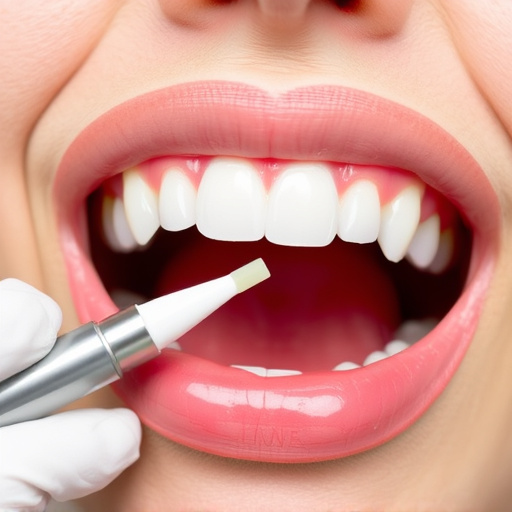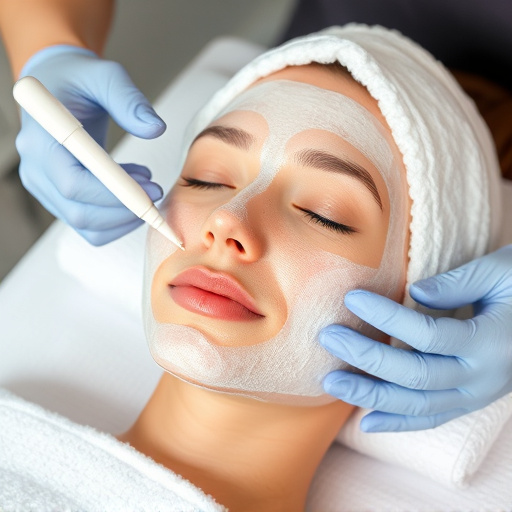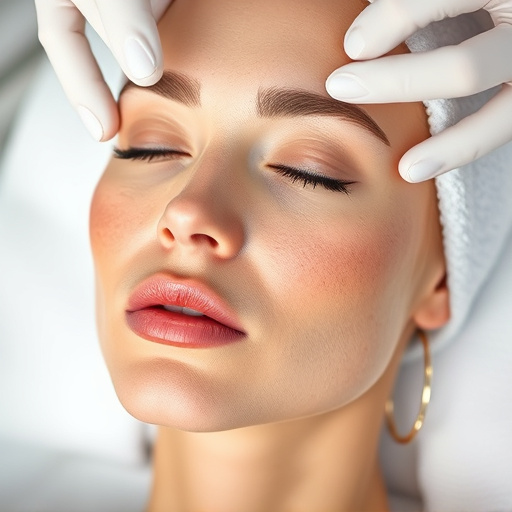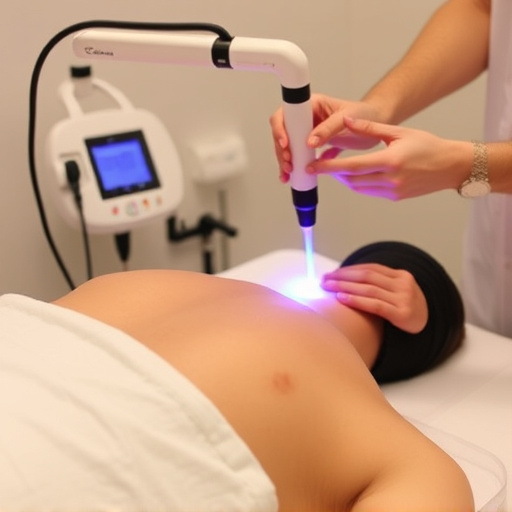Comprehensive skin analysis goes beyond basic checks by examining texture, tone, elasticity, and signs of damage or aging using advanced technologies. It reveals issues like enlarged pores, fine lines, and detects conditions like dermatitis or psoriasis. This detailed approach personalizes skincare plans with tailored treatments such as microneedling or pore refinement techniques. While a basic skin check offers quick insights, comprehensive analysis provides an intricate understanding of skin health, suitable for addressing complex concerns like early-stage skin cancer or age-related changes.
In the quest for optimal skin health, understanding the nuances of various assessment methods is crucial. This article delves into two key approaches: Comprehensive Skin Analysis and Basic Skin Check. The former offers an in-depth exploration, examining multiple layers from pigmentation to texture, while the latter provides a surface-level overview. By comparing their scope and effectiveness, we guide readers on choosing the right method for their needs, empowering them to make informed decisions for achieving and maintaining vibrant skin.
- Understanding Comprehensive Skin Analysis: Unveiling the Depth of Assessment
- Basic Skin Check: What It Covers and Its Limitations
- Comparing the Two: When to Opt for Each and Their Impact on Skin Health
Understanding Comprehensive Skin Analysis: Unveiling the Depth of Assessment
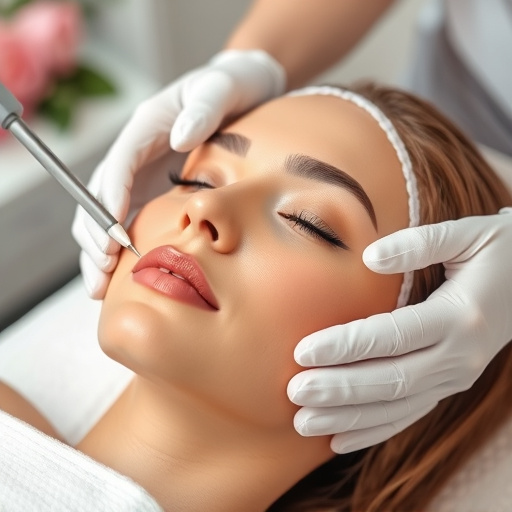
Comprehensive skin analysis goes beyond a basic skin check by delving into the intricate details and complex interplay of various factors that contribute to skin health. It involves a multi-dimensional approach, utilizing advanced technologies and expertise to assess not just the surface but also the deeper layers of the skin. This methodic evaluation includes analyzing skin texture, tone, elasticity, and any signs of damage or aging.
By examining these aspects, comprehensive skin analysis can reveal areas needing attention such as enlarged pores, fine lines, and loss of skin firmness. It may even detect underlying conditions like dermatitis or psoriasis. Moreover, this detailed assessment plays a pivotal role in personalizing skincare plans. For instance, it can guide recommendations for treatments like microneedling therapy for enhanced collagen stimulation, skin tightening procedures to improve elasticity, or pore refinement techniques for a more refined appearance.
Basic Skin Check: What It Covers and Its Limitations
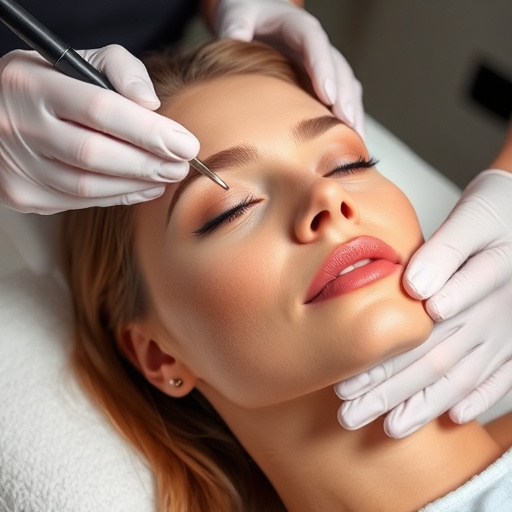
A basic skin check, often part of routine medical examinations, typically involves a superficial examination of the skin’s surface. It covers common issues like rashes, moles, and minor injuries, offering a quick assessment of overall skin health. However, its limitations lie in its inability to delve deeper into the skin’s complex structure and potential underlying conditions. This simple check might not capture signs of more advanced skin problems such as early-stage skin cancer, chronic inflammatory conditions, or age-related changes that require a professional skincare approach.
While it provides a basic overview, a comprehensive skin analysis by a dermatology expert offers a much more nuanced understanding of the skin. It includes detailed inspection, sometimes aided by specialized tools and technology, to evaluate skin texture, tone, and any abnormalities. This in-depth process enables professionals to provide tailored recommendations, including customized facials and targeted treatments for specific concerns, even those beyond the scope of a basic check, ensuring optimal skin health and addressing potential issues early on, with services like skin tightening as part of a broader strategy.
Comparing the Two: When to Opt for Each and Their Impact on Skin Health
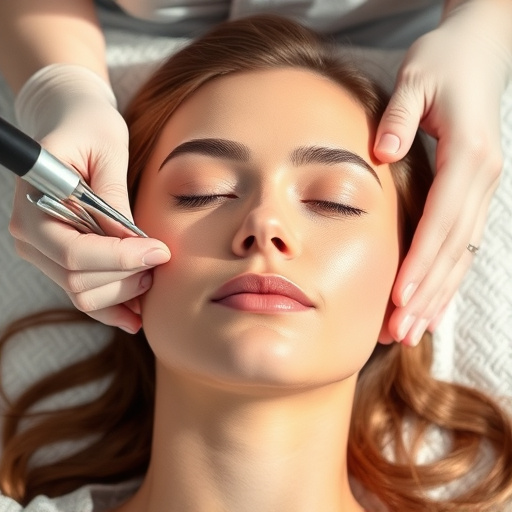
When deciding between a basic skin check and a comprehensive skin analysis, understanding your skin’s current state and concerns is key. A basic skin check typically involves a superficial examination focusing on visible signs like spots, redness, or texture. It’s ideal for routine assessments or minor concerns, offering quick insights into general skin health.
On the other hand, a comprehensive skin analysis delves deeper into your skin’s condition by examining various factors beyond what meets the eye. This method includes assessing pore size and refinement, analyzing skin elasticity, checking for signs of aging, and even considering treatments like chemical peels or laser hair removal if necessary. Such an extensive approach is beneficial for addressing specific skin issues or tracking skin health over time, ultimately promoting better care and more significant improvements in skin quality.
A comprehensive skin analysis offers a deep dive into your skin’s health, identifying potential issues early and providing tailored solutions. Unlike a basic skin check, it delves beyond surface-level concerns, uncovering hidden problems through advanced techniques. By understanding these differences, you can make informed decisions about your skincare routine. Whether opting for the comprehensive approach or adhering to regular basic checks, prioritizing skin health is key to maintaining a vibrant and resilient complexion.


